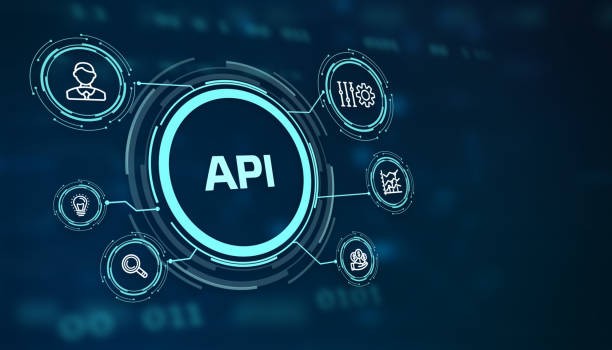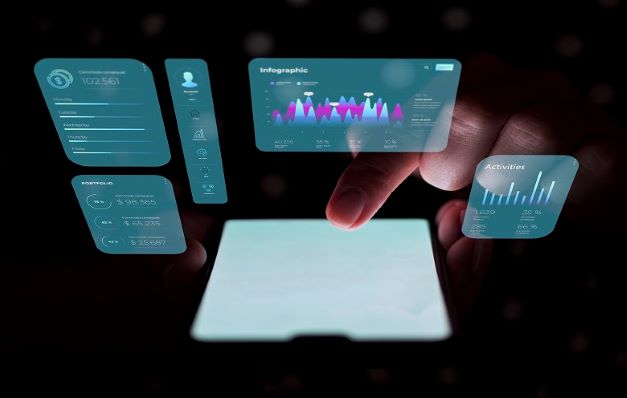
Service Category
Wev Development
Web development is the process of creating, building, and maintaining websites or web applications that are accessible via the internet. It encompasses a variety of tasks, including web design, programming, content creation, network security configuration, and database management. Web development ensures that websites are functional, visually appealing, and optimized for user experience across all devices. It serves as the backbone of the digital world, connecting businesses, individuals, and services globally.
With the rise of digital transformation, web development has expanded into specialized categories, each addressing unique needs like responsive design, e-commerce, content management, and interactive applications.









.png)